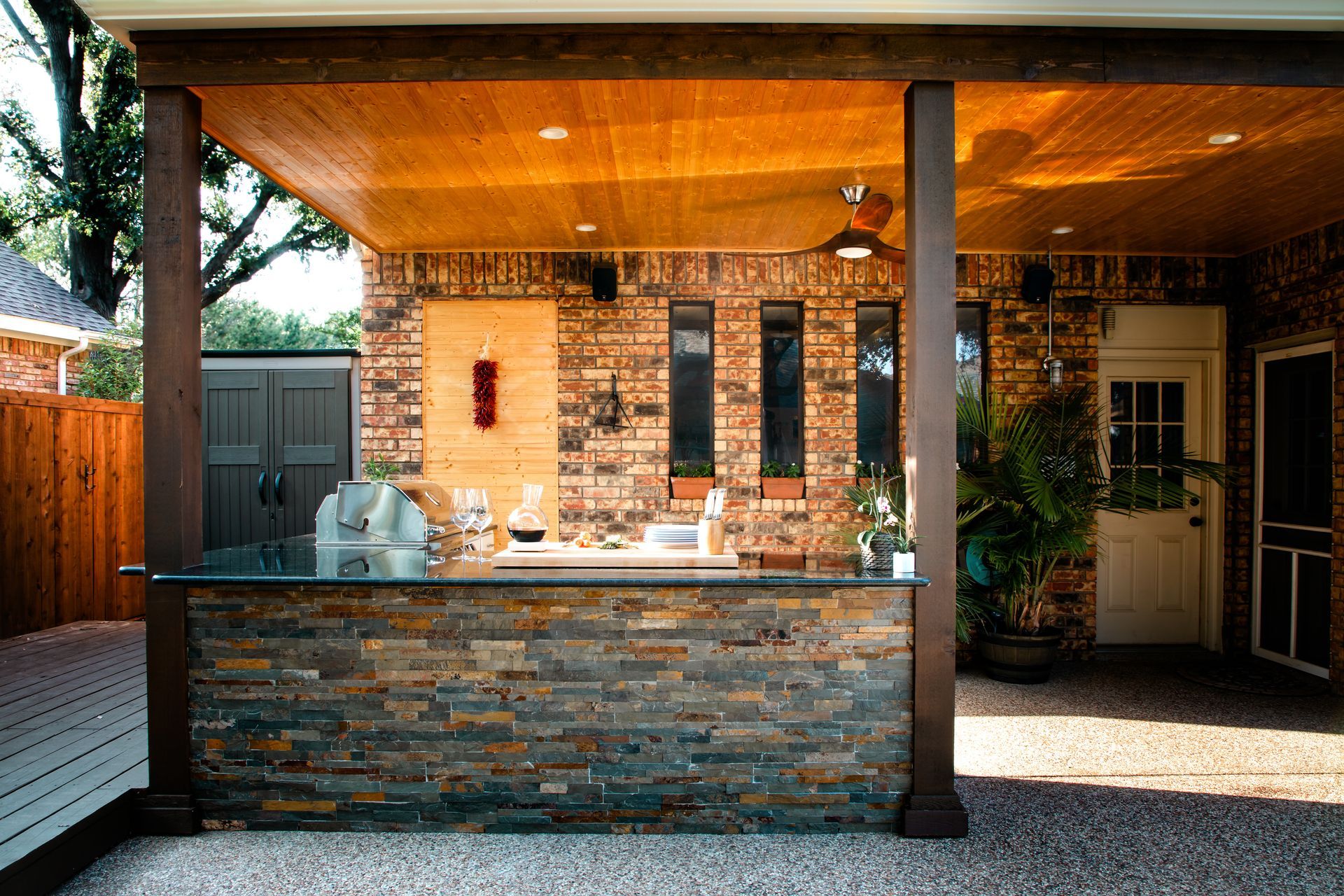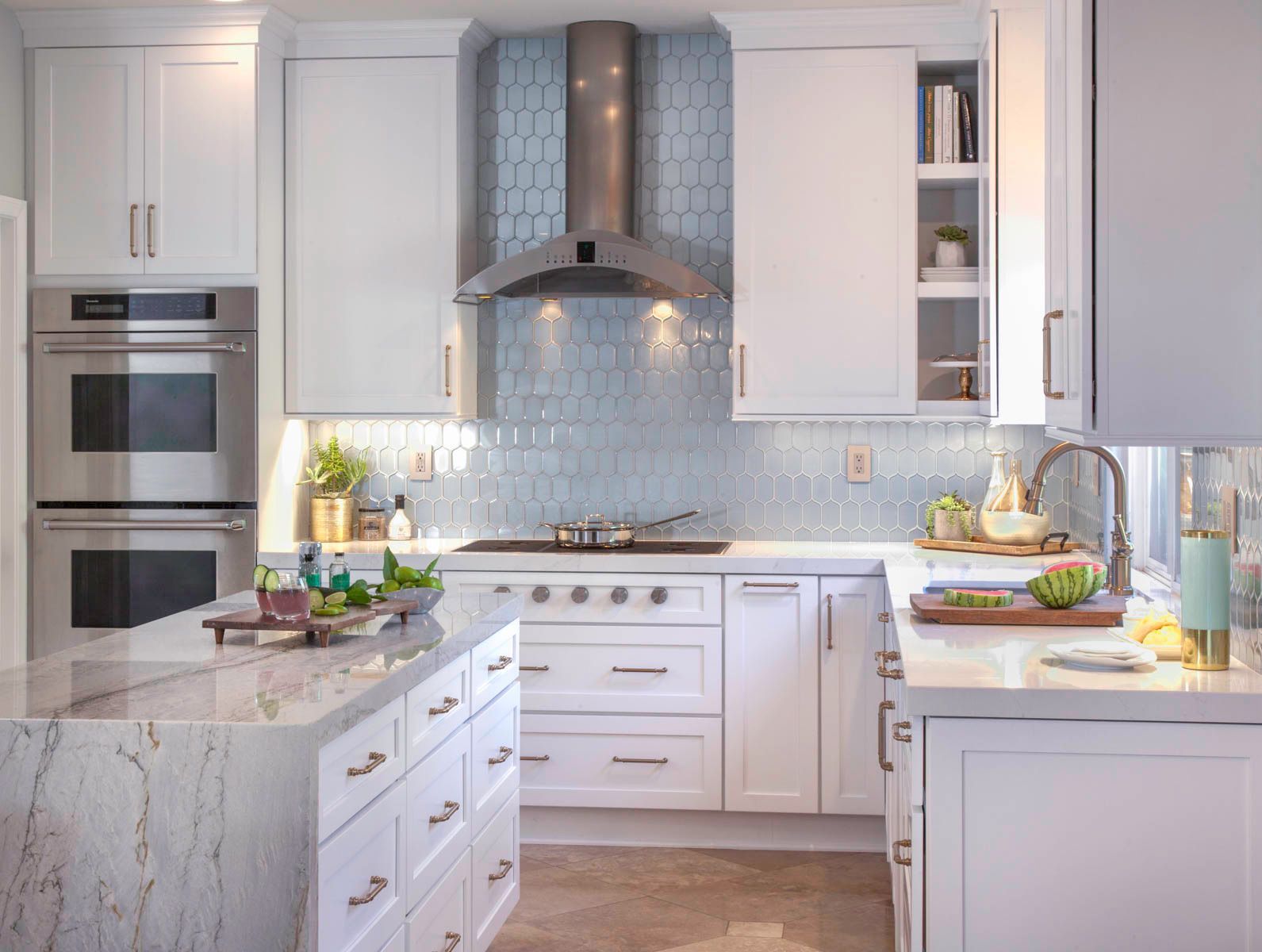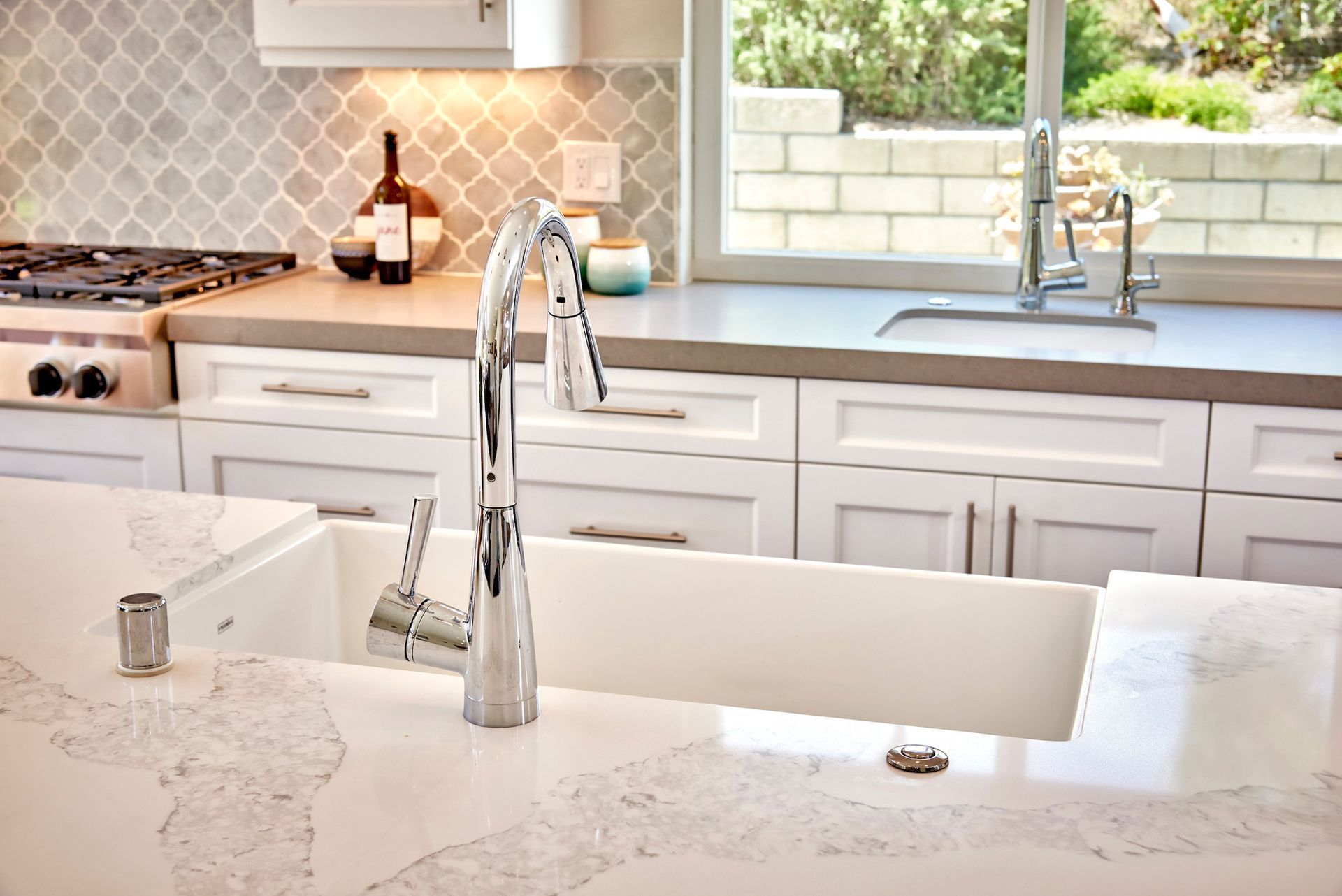Outdoor Elegance: Choosing the Right Stone for Your Outdoor Spaces
Transforming your outdoor living area into a functional and stylish retreat is an exciting home improvement project. Natural stone offers unmatched beauty, durability, and a seamless connection with nature, making it an ideal choice for outdoor kitchens, fire pits, and countertops. In this guide, we'll explore various stone options and provide practical tips for homeowners to enhance their exterior spaces with natural elegance.
Why Choose Natural Stone?
Natural stone stands out for its durability, longevity, and timeless aesthetic. Each piece is unique, providing a distinct character to your outdoor settings that cannot be replicated with other materials. Stone weathers beautifully over time and withstands the elements, making it perfect for outdoor use.
Best Stones for Outdoor Kitchens
Granite
Granite is one of the most popular outdoor kitchen countertops due to its hardness and resistance to weathering. It can handle extreme hot or cold temperatures, making it ideal for a space with much cooking and exposure to the elements. Available in various colors and finishes, granite can fit any design style, from rustic to modern.
Soapstone
This naturally non-porous stone is resistant to stains and bacteria and requires minimal maintenance, making it an excellent choice for outdoor kitchens. Soapstone retains heat, helping to keep the surface warm in cooler weather. Its rich, dark tones develop a distinct patina that many homeowners find appealing over time.
Quartzite
Not to be confused with quartz, quartzite is a complex, dense natural stone that resists scratching and etching better than other stones. Its natural patterns resemble the look of marble but have the durability needed for outdoor use. Quartzite's beauty and resilience make it a fantastic choice for adding a touch of luxury to outdoor kitchen spaces.
Ideal Stones for Fire Pits and Surrounds
Slate
Slate's natural ability to withstand heat and its low absorption rate make it suitable for fire pit surrounds. It offers a natural, rustic look that can complement any outdoor setting. The earthy tones of slate also help it blend seamlessly with outdoor environments.
Limestone
Limestone is another excellent choice for fire pits due to its heat resistance properties. Its lighter palette can brighten your outdoor space and offer a warm, inviting ambiance. However, limestone does require sealing to prevent staining and weather damage.
Choosing Stone for Outdoor Countertops and Dining Areas
Marble
Marble isn’t just for indoors; its high thermal mass makes it naturally cool to the touch, which is desirable for outdoor dining areas in warmer climates. Although it requires more maintenance and regular sealing, marble can add an element of sophistication and luxury to your outdoor dining spaces.
Travertine
Travertine is a versatile and environmentally friendly option that offers beauty and functionality for outdoor countertops. It is naturally porous, so it needs to be sealed to prevent staining and erosion. Travertine’s warm hues coordinate well with natural landscapes, making it a popular choice for outdoor design.
Maintenance and Care for Outdoor Stone
Regular maintenance is crucial to ensuring the longevity and beauty of your outdoor stone surfaces. Sealing the stone can protect it from stains, weather conditions, and frequent use. It’s also important to clean spills quickly and avoid abrasive cleaners that can damage the stone’s surface.
Conclusion
Choosing the suitable stone for outdoor spaces involves considering aesthetics, functionality, and maintenance. Whether installing a full outdoor kitchen, a cozy fire pit, or simply upgrading your patio countertops, natural stone offers a durable, beautiful option that can elevate the quality of your outdoor living. With proper care, these stone features will provide enjoyment and add value to your home for years.










